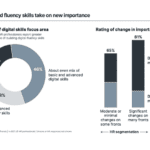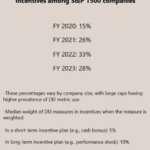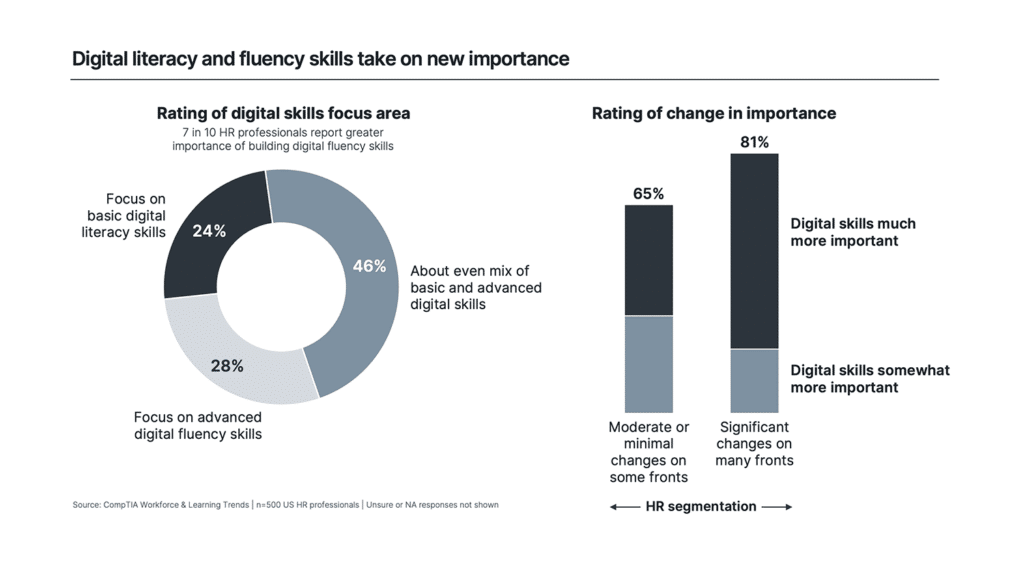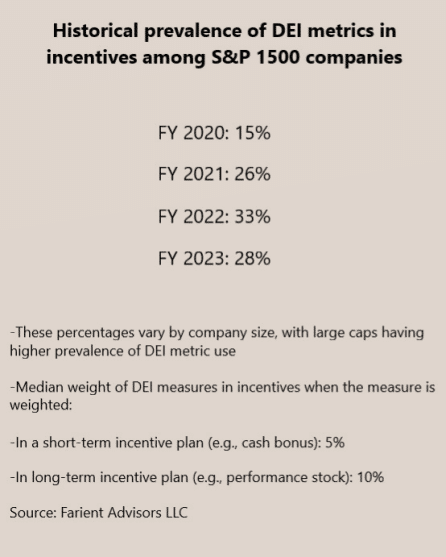With Father’s Day approaching, it’s an excellent time for HR to double down on promoting the importance—and business upside—to the C-suite of offering both maternity and paternity leave to employees.
A report from from McKinsey showed that paternity leave can increase both employee engagement and retention. However, paternity leave is far less common than maternity leave, and at companies that offer such an option, men take an average of just one week of leave, according to the Pew Research Center.
“Offering paternity leave is good for businesses and employees,” says Sadie Funk, national director of Best Place for Working Parents®. The firm’s research on paid parental leave inclusive of fathers shows that the vast majority of businesses surveyed found that the benefit impacted productivity (89%), performance (91%), turnover (96%) and employee morale (99%).
These are all critical aspects of overall business performance and success that HR can emphasize to encourage the leadership team to invest in gender-neutral parental leave. The potential impact on talent acquisition is also a selling point: According to Pew, it’s a view shared by 71% of American employees surveyed.
“This scenario certainly presents a crucial chance for employers to distinguish themselves in a challenging job market, especially by attracting and hiring top talent,” Funk says.
Making paternity leave work for families and teams
It’s evidently an investment that more employers are willing to make. Funk explains that among the Best Place for Working Parents network—which is made up of designated companies that have shown commitment to creating a family-friendly and business-friendly work environment—62% offered paternity leave in 2023 compared to just 44% in 2019.
“Each year, we continue to see year-over-year growth with more companies adopting this benefit,” she notes.

Funk explains that not only are these companies offering family-friendly benefits like paternity leave, but many are also intentionally encouraging employees to take advantage of these policies due to their positive impact on the business culture and performance overall.
She says that employers that promote and model family-friendly policy implementation—beyond just including a mention of it in an HR manual—experience greater ROI. Creating a culture where parental leave is encouraged is important because 72% of men surveyed say they would have taken a longer parental leave if they had seen co-workers do so.
See also: 6 opportunities to make new parents feel more welcome back at work
To drive up leave utilization while minimizing the impact on the workplace, employers can offer flexible options for taking leave, such as distributing the time in a way that works best for employees, their families and the team.
“Many companies among our Best Place for Working Parents network offer this solution, easing the transition of paternity leave and supporting working fathers to enhance employee engagement,” Funk says. “We encourage companies to survey their employees to ensure the parental leave benefits they are implementing are impactful for their unique workforce.”
For instance, she notes that a brief employee survey can help determine where employees are on the caregiving and family-planning continuum and which parental leave arrangements would be most beneficial.
“Father’s Day serves as a poignant reminder of the significance and impact of offering paternity leave as a corporate benefit for working fathers, their families and businesses overall,” Funk says. “By ensuring opportunities for parental leave, employers clearly have the power to cultivate a workplace environment that supports employee wellbeing and performance, which is proven to ultimately drive employee and, by extension, business success.”
The post This Father’s Day, why HR should make the case for paternity leave appeared first on HR Executive.




